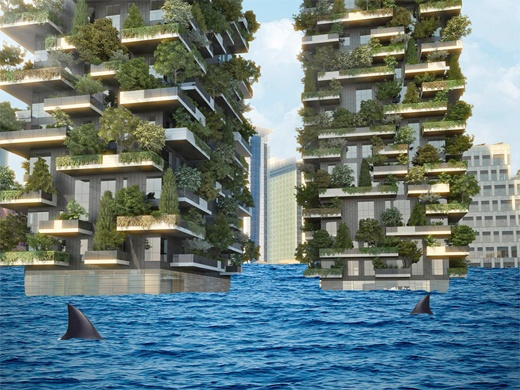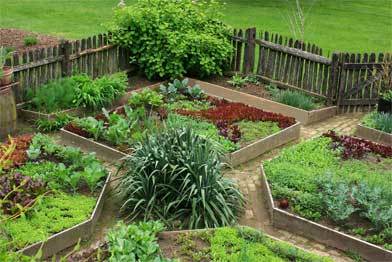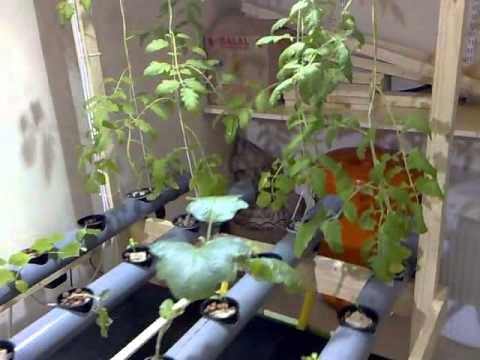It's a rapidly growing trend in agriculture. Vertical farming systems are becoming something done at home, in an apartment, in your backyard, on a rooftop, or even inside abandoned building. This is something that a lot of companies around the United States are looking at..
Cropping up--no pun intended-- all across the country, new vertical farming companies have begun operations in states all across the country and becoming rapidly well known for their accomplishments.

Among the newest vertical farming companies are FarmedHere in Bedford Park, Illinois; Vertical Harvest in Jackson Hole, Wyoming; Green Spirit Farms in New Buffalo, Michigan, and Alegria Fresh in Irvine, California.
What is Vertical Farming?
Vertical farms are high tech places where food is grown in buildings in largely urban areas. The food is grown in stacks, rather than laid out across the fields. Small vertical farms and even home vertical farms are growing an enormous amount of produce. In many cases they are growing this food with no sun and no dirt. They are using artificial lights and controlled climates as well as hydroponic methods.
Can it be done at home?
In a home situation vertical farming can be done simply by attaching containers to a wall or a latticework and growing in containers that hang or are attached. Most of the time the growing can be done with an incredibly small amount of water and plant food, aside from taking a lot less time to work the farm and to harvest.
Vertical farming has proven to be incredibly successful in both farm and home. There is no seasonality involved since the growing can be done inside in very small areas, making it ideal for home use as well as for urban gardening . There's no risk of bad weather or even of drought and other issues such as contaminated seed from outside intervention.
Can you make money in vertical farming
Mixed-use greenhouses were proposed and built by architect Ken Yeang. Yeang proposes that instead of hermetically sealed mass-produced agriculture that plant life should be cultivated within open air, mixed-use greenhouses, even skyscrapers, for climate control and consumption (i.e., a personal or communal planting space as per the needs of the individual).
This version of vertical farming is based upon personal or community use rather than the wholesale production and distribution plant life that aspires to feed an entire city. It thus requires less of an initial investment than Despommier's "vertical farm".

Ecologist Dickson Despommier argues that vertical farming is legitimate for environmental reasons. He claims that the cultivation of plant life within skyscrapers will require less embedded energy and produce less pollution than some methods of producing plant life on natural landscapes.
He moreover claims that natural landscapes are too toxic for natural, agricultural production, despite the ecological and environmental costs of extracting materials to build skyscrapers for the simple purpose of agricultural production.
Stackable shipping containers
Several companies have brought forth the concept of stacking recycled shipping containers in urban settings.

Freight Farms produces a “leafty green machine” that is a complete farm-to-table system outfitted with vertical hydroponics, LED lighting and intuitive climate controls built within a 12m x 2.4m shipping container. Podponics has built a large scale vertical farm in Atlanta consisting of over 100 stacked "growpods". A similar farm is currently under construction in Oman
"On average, we're growing in 16 days what otherwise takes 30 days in a field—using 95 percent less water, about 50 percent less fertilizers, zero pesticides, herbicides, fungicides," said David Rosenberg, chief executive and co-founder of AeroFarms.
An efficently designed Vertical farming system takes much less space and much less effort, yet yields to the home farmer all that they may need for day to day existence. It is the ideal solution for farming in small areas or urban locations.
You Also Might Be Interested in...

Aquaponic is a marriage between fish farming and hydroponics. Protein and vegetables in one unit

With urban gardening you can transform even the smallest piece of land into a food farm for your family.

With vertical gardening you can create a garden, inside or outside, anywhere you have a sunlit wall.




